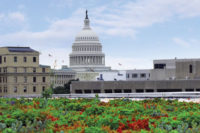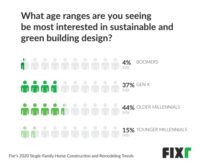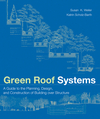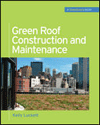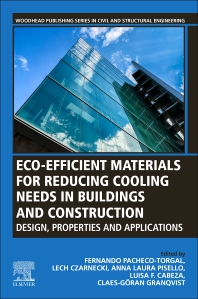American Forest Foundation Headquarters Awarded Three Green Globes for Sustainable Design




The Green Building Initiative (GBI) has awarded its second-highest rating of three Green Globes to the new Washington, DC, headquarters of the American Forest Foundation (AFF) for its environmentally focused design and construction.
A nonprofit, AFF tapped the Green Globes program to guide and assess its new office project in seven standard categories: energy, water, materials and resources, emissions, indoor environment, site and project management. To guide the assessment, GBI furnished an independent, onsite, third-party assessment to help determine that AFF had earned three Green Globes out of a possible four using the Green Globes for New Construction (NC) tool.
“We're delighted that AFF used Green Globes to guide and evaluate this new office, and that AFF and its design and construction team were committed to achieving a strong rating,” GBI President Jerry Yudelson said. “After all, their mission — to protect our forest heritage — is completely in alignment with GBI's commitment to sustainable buildings and reducing the carbon footprint of the built environment.”
The 11,000-square-foot space makes considerable use of wood certified through the Sustainable Forestry Initiative (SFI), one of four North American forest certification standards supported by Green Globes. As the offices were constructed within the confines of the existing office building at 2000 M Street NW, AFF was able to reuse many elements that might otherwise have gone to a landfill.
“It's a home for everyone who cares for forests,” said AFF CEO and President Tom Martin. “We're very proud of the way the office represents the mission and values of the American Forest Foundation, and of the recognition from Green Globes.”
The offices were designed by the Bill London Design Group, a multidisciplinary interior design firm, and built by Regency Commercial Construction, both headquartered in Washington, DC.
In addition to using Green Globes, the team applied strategies from AFF's environmental education program Project Learning Tree (PLT) to ensure energy efficiency. Light-harvesting technology limits electrical usage, and nearly everything in the office incorporates at least some recycled materials — from the furniture upholstery to kitchen countertops. Carpeting was installed using less adhesive to reduce the amount of volatile organic compounds (VOCs) emitted into the air, and low-VOC paints and varnishes were selected. The wood fibers in the ceiling panels are made of a material called Tectum, made from Wisconsin-grown aspen trees.
For more information, visit www.forestfoundation.org.
Looking for a reprint of this article?
From high-res PDFs to custom plaques, order your copy today!



